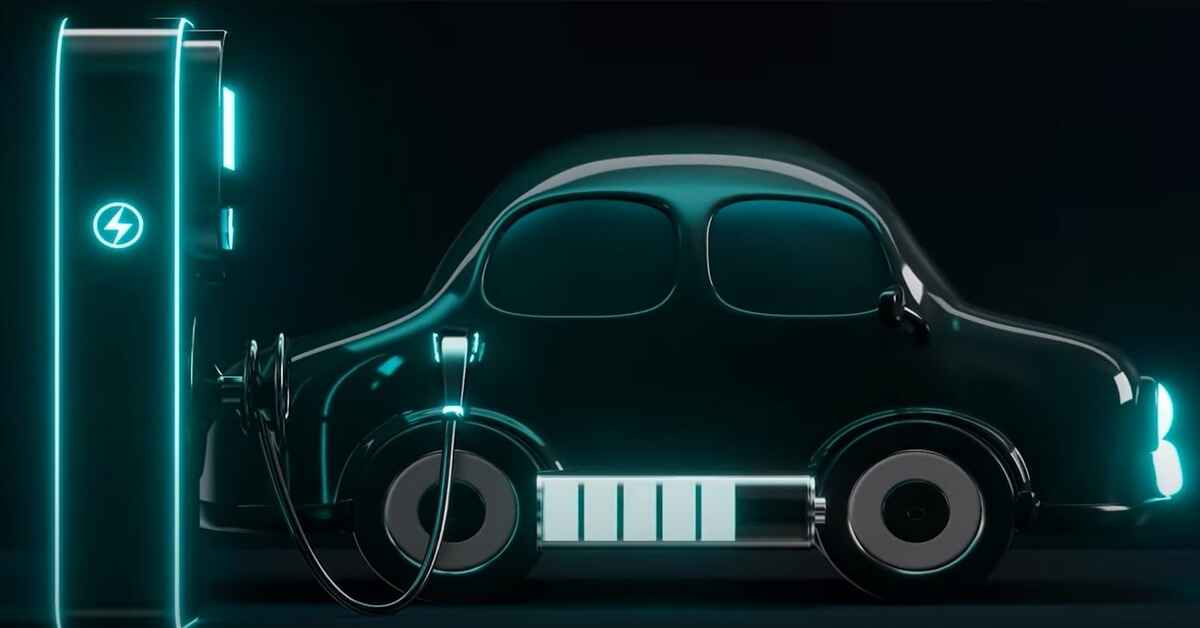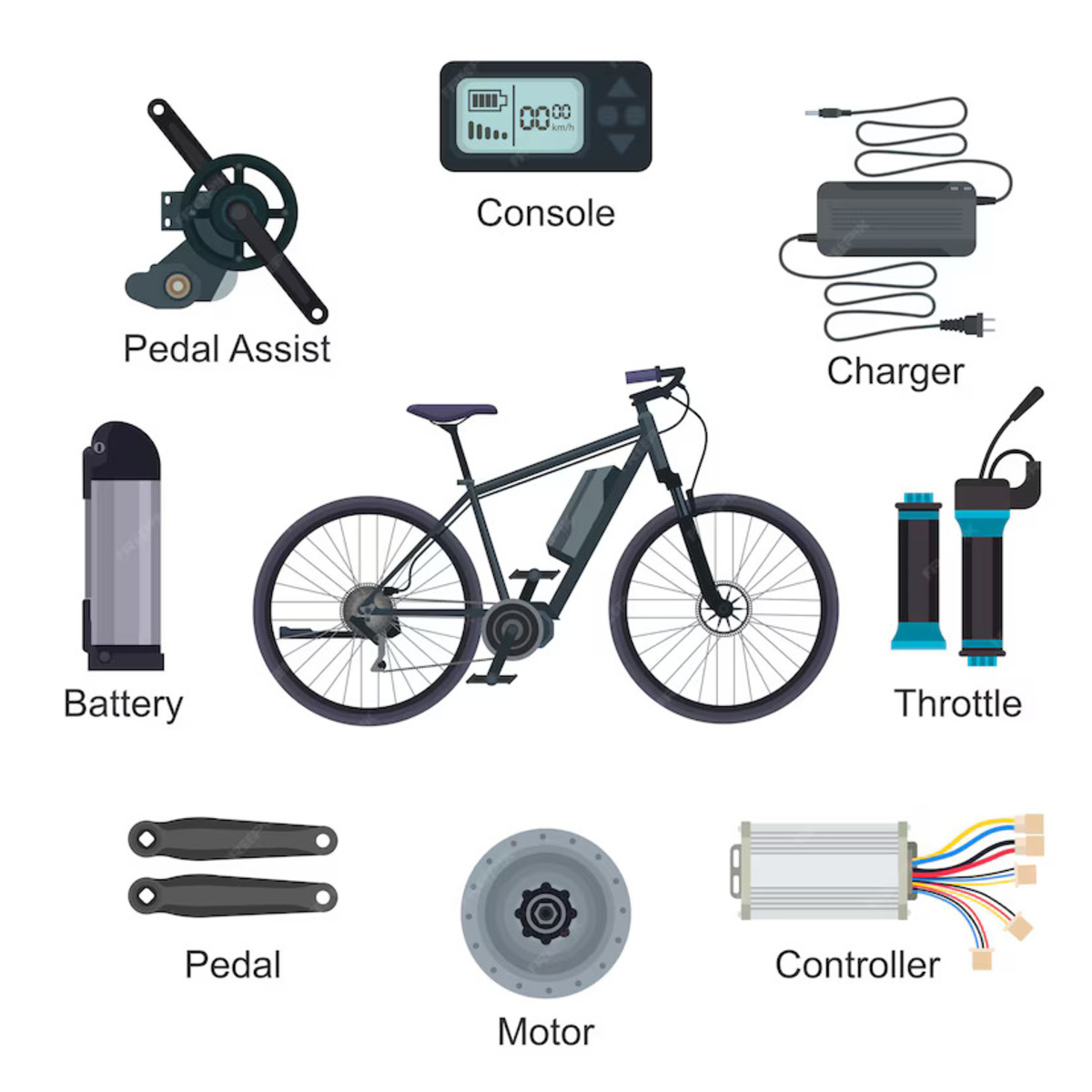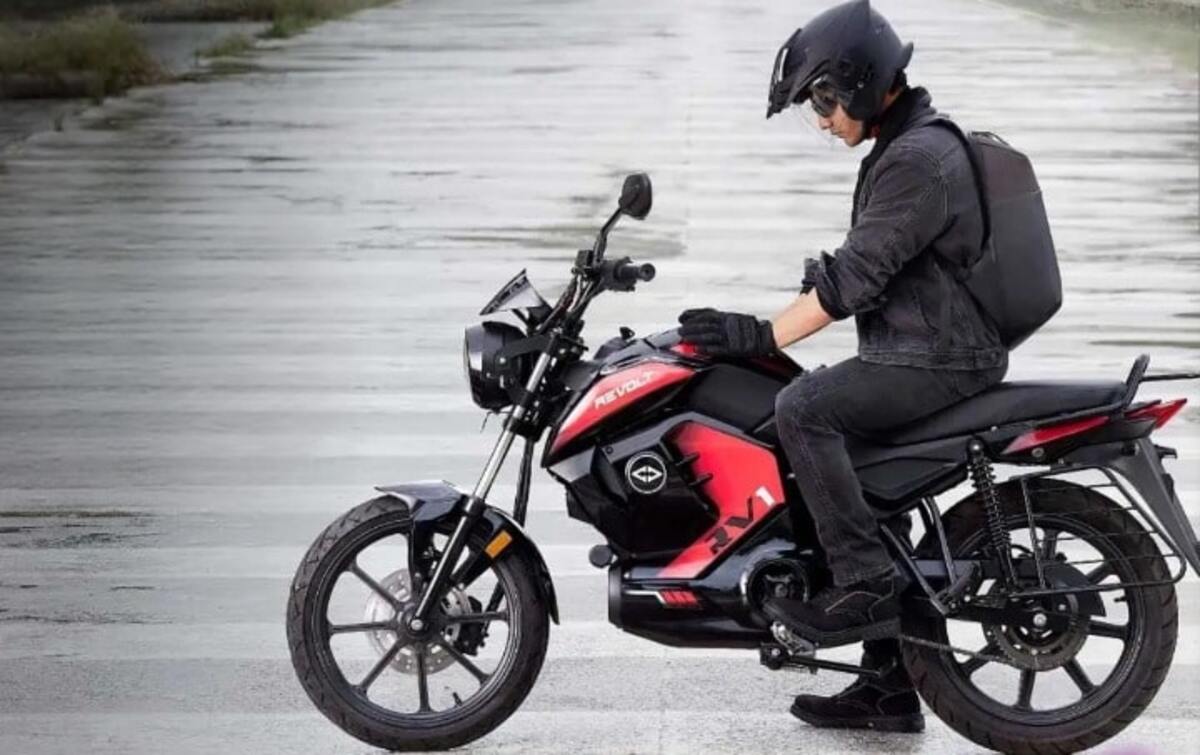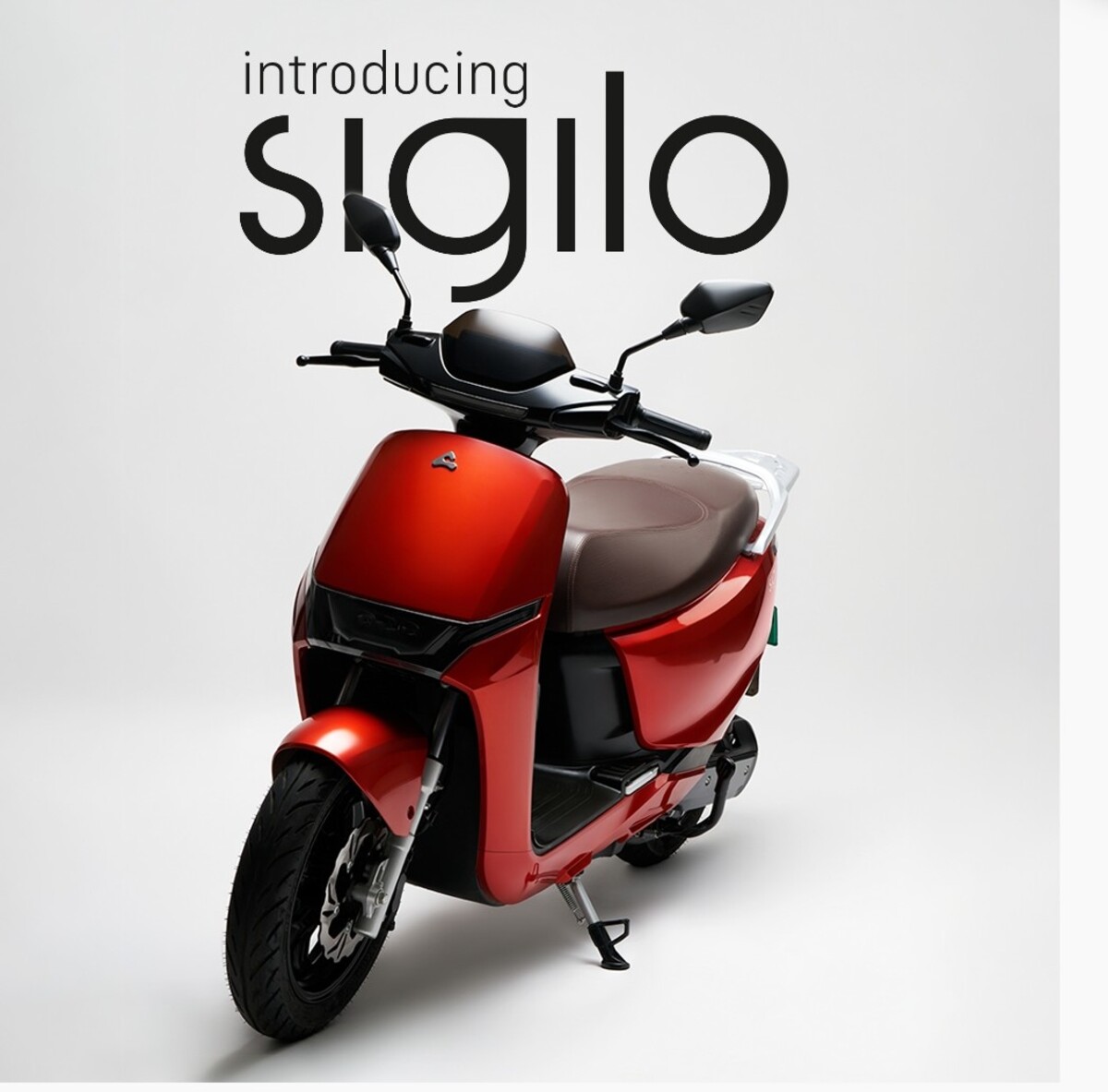Here we will discuss the 15 points for how to increase the range of electric car. Electric vehicles reduce carbon footprints and contribute to conserve the environment. EVs need less maintenance, use less fuel, and reduce greenhouse gas emissions and air pollution. It helps to improve air quality and mitigate climate change. They run quietly compared to traditional vehicles, which helps reduce noise pollution in urban environments. EVs reduce our dependency on fossil fuels and provide us with an opportunity to use renewable energy. Electric motors in EVs are more efficient. They create global awareness for more sustainable and environmentally friendly technologies.
Because of the numerous benefits of electric vehicles, the demand for electric vehicles is gaining more popularity. We should follow the given tips that will help to increase the mileage of EVs:
Also read: Impact Of Electric Vehicles On Indian Economy
15 points For How To Increase The Range of Electric Car
1. Regenerative braking:
In electric vehicles, during braking, regenerative braking converts kinetic energy into electric energy, whereas in traditional vehicles, the braking system converts kinetic energy into heat when the brake is applied.
When the EV slows down, the regenerative braking turns the electric motor into a generator. This generator generates electricity, and for later use this electricity is fed back to the battery, which helps to enhance driving range.
Regenerative braking leads to a lower maintenance cost and enhances efficiency. Many EVs have different levels of regenerative braking, from light to aggressive. The highest level of regen is more comfortable and enhances the range of your EVs. This braking becomes more beneficial when you drive in a traffic area, as it captures the energy during deceleration and helps in optimizing the energy.
2. Drive smoothly:
To increase the EV mileage, you should avoid sudden starts and stops. Gentle acceleration and deceleration are useful to maintain the range. While driving an EV, if you maintain a constant speed, it increases the efficiency of the car as variations in speed decrease energy. Moderate changes in speed increase the efficiency of a vehicle’s powertrain. Smooth driving conserves energy. Anticipating stops and starts allows for better planning and minimizes abrupt changes in speed.
3. Reduce the usage of Heating, Ventilation, and Cir Conditioning (HVAC):
Extreme temperature can decrease the efficiency of the battery, so heating, ventilation, and air conditioning should be used judiciously in the EV. Heated seats consume more power from the battery. Efficient HVAC systems optimize the use of energy to keep the cabin comfortable. Advanced thermal management algorithms can predict and respond to changes in ambient temperature and driving conditions.
The AC compressor consumes the most electricity; you should turn it off and on to enhance the efficiency of the car. The blower does not consume much electricity, so you can use it. If you drive in city traffic with AC on, then surely it decreases the mileage, but on the highway, if you drive at high speed with AC on, it would not much affect the mileage.
4. Maintain the tyre pressure:
Tyres should be properly inflated, as underinflated tyres decrease the efficiency of EVs. You should check and maintain the tyre pressure regularly, which enhances the mileage of an EV. Improper tyres increase rolling resistance and require more energy to move the vehicle. Avoid running your EV on bumpy roads to enhance the efficiency of the vehicle. The correct tyre pressure can be found at the door of your car. You can get the tyre pressure checked weekly, and you will feel your vehicle is easier to drive. Your vehicle takes more power if it has less tyre pressure, which will decrease its mileage.
5. Regular maintenance of the vehicle:
Regularly check the condition of the brakes and wheel alignment help in increasing the efficiency of electric vehicles. Constant monitoring of the battery improves battery health, which is essential to increasing an EV’s mileage. Proper charging and sticking to manufacturing guidelines extend the battery life and preserve the range of EVs. The other components, such as the drivetrain and cooling system, ensure overall efficiency. Regular maintenance of the EV monitors the state of health (SOH) of the battery, which helps to increase the mileage of the car.
6. Optimizing driving conditions:
Before going on any trip, you should plan your trip accordingly. Higher speed reduces the efficiency of the EV, so you should maintain the optimal speed to enhance the range. You should carry a portable charger that may reduce anxiety. Hard braking decreases the efficiency of electric vehicles.
7. Use Eco mode:
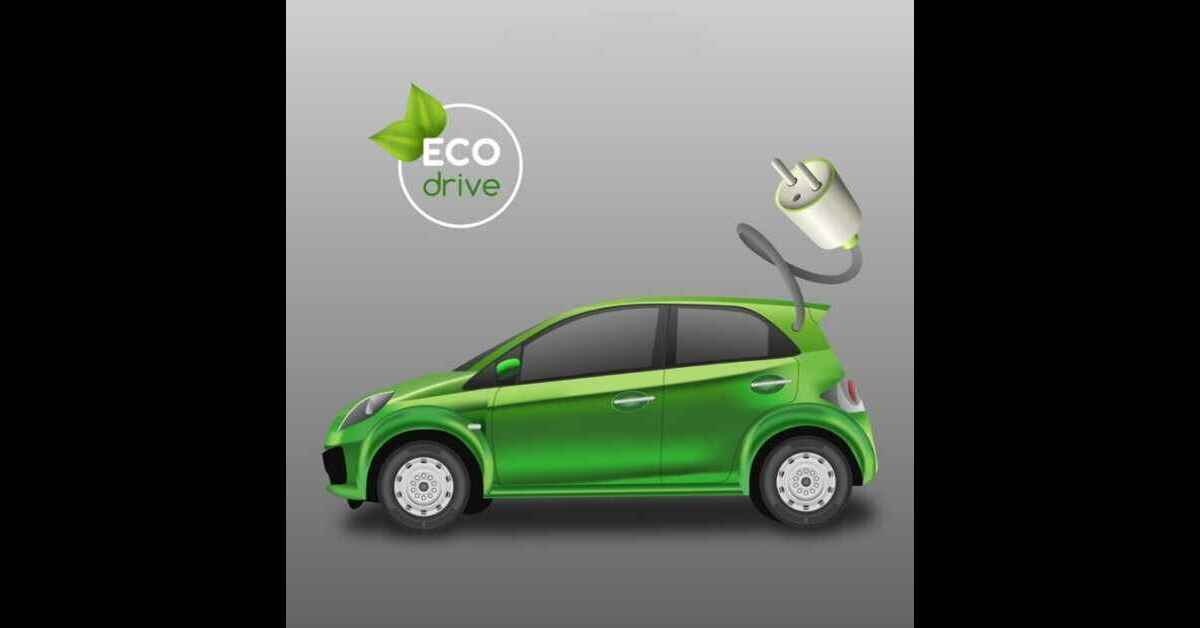
Many EVs have eco mode, which is useful to enhance energy efficiency. If you activate the eco mode, it adjusts the setting of power delivery for optimal energy efficiency. Eco mode helps in protecting energy and enhancing the mileage of the EV by moderating power consumption. You can use this mode when required.
8. Weight management:
When the weight of the car increases, it even decreases the efficiency of the battery. Using the rack-roof and luggage on the upper side of the car reduces the drag of the air and decreases its efficiency. If you regularly clean out the trunk when not in use, it can also contribute to weight reduction, so you should carry less luggage to increase the mileage of EVs.
9. Charge smartly:
You should charge your vehicle during off-peak hours, like in the middle of the night when the demand for electricity is lower, as it provides lower rates during that specific time and gives you greater savings. It even reduces the strain on the power grid. Although a fast charger is convenient to charge the vehicle as it takes less time to charge the vehicle, yet frequent DC charging should be avoided as it lessens the impact of long-term battery health. You should charge your EV at home whenever it is possible, as it costs pennies and enhances the efficiency of the vehicle.
You should keep your battery between 30 and 80 percent, which not only lessens the charging stops but also prolongs the life of the EV’s battery. So, never drop the charging level of your battery too low or too high.
10. Update software:
Software updates that are provided by manufacturers offer optimization and improvements in energy management algorithms. These updates are helpful to increase the efficiency of the battery management system and overall energy consumption, so you should keep your EV’s software up-to-date.
11. Use cruise control:
You can use cruise control, especially on highways, as it helps to maintain a steady speed and optimize energy usage. Consistent speed enhances the efficiency of the electric motors, as they can operate at their optimal performance levels for longer periods. Many cruise control systems are equipped with adaptive cruise control, which adjusts the vehicle’s speed based on the distance to the vehicle in front. This feature can also be linked to aerodynamic considerations. Maintaining a safe following distance and adjusting speed accordingly can reduce air resistance and improve overall aerodynamic efficiency, contributing to better mileage.
12. Check the outside temperature:
You should keep an eye on the outside temperature, as it impacts your battery. EVs can lose more range below freezing temperatures. So, you should check the range when you are travelling in cold weather. You can even limit the temperature setting of your cabin to be more comfortable.
13. Do not rev the engine:
When you rev the engine, it turns quickly and decreases the mileage. Keep the rev-engine meter low; that accelerates the range. Rapid acceleration leads to energy loss because of increased friction. In electric vehicles, there is no traditional engine revving, but this point refers to avoiding excessive acceleration and deceleration.
14. Car service:
Timely service of the EVs is again more important to enhance the mileage of the vehicle. Checking the brake system and applying proper lubrication ensures all the components are in good condition and contribute to energy efficiency.
15. Climate control management:
A climate control system is useful to manage heating and cooling that impact energy consumption. You can even precondition the vehicle while it is still connected to the charger, which can be energy-efficient. It helps to control the temperature of the battery, which improves the range of electric vehicles.
Zonal climate control helps the passengers to customize the temperature of the vehicle. Instead of heating or cooling the entire cabin uniformly, it focuses on the specific area to cool or heat, which reduces energy consumption and increases efficiency.
Conclusion
We trust that above blog for ” 15 points for how to increase the range of electric car “. The mileage of the EV depends on various factors, such as high temperatures, driving conditions, and terrain. Regenerative braking is the most fruitful way to effectively extend the driving range of EVs. A chauffer can go on a single charge as EVs recover energy during braking, which helps improve the overall efficiency and mileage of the vehicle. There is no doubt to say that regenerative braking is smoother compared to traditional vehicles, which enhances the driver’s satisfaction and the driving experience.
Use of eco mode, regular maintenance, thoughtful driving experience, and strategically charged vehicles not only optimize energy efficiency but also promote the longevity of batteries and ultimately enhance the overall performance of electric vehicles. In electric vehicles, effective climate control management, use of cruise control, and eco mode are essential to optimize the usage of energy and develop the overall efficiency of the mileage. Implementing these points can be helpful to maximize the range and mileage of electric vehicles.
